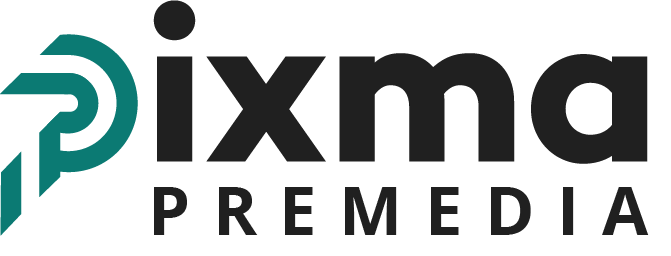When it comes to medical communications, it’s often the case that words are enough to convey the necessary information to patients. However, there are occasions when a picture is worth a thousand words — and in these situations, medical illustration and animation can be vital tools to help patients understand complex medical concepts. Medical illustrations are used to bring complex medical concepts to life and can range from diagrams and images to help explain a procedure or organ system, to more abstract and artistic illustrations to help explain a condition or illness. Medical animation uses the same principles as other forms of animation, but is tailored to medical concepts, and can be used to help explain the mechanics of surgery, or to demonstrate the processes of the body such as how a drug works
Medical illustration and animation are often used to help communicate complex medical information in a way that is both easy to understand and memorable. They can help bring complex concepts to life and make complicated information easier to digest. This is often the case in medical communications, where they can be used to help explain a condition or treatment to patients in a way that is easy to understand. They can also be used to help explain medical concepts to other healthcare professionals, such as in medical animations.
As a medical communicator, you have the unique opportunity to bring your readers to a whole new level of understanding by using medical illustration and animation to help them visualize the anatomy, physiology, and pathology that are the focus of your content. Not only do these techniques help readers to better visualize the content you’re trying to convey, but they also allow you to supplement your text with a variety of animations, diagrams, and videos that can help explain even the most complex concepts. However, if you aren’t using medical illustration and animation in your medical communications, you’re leaving a lot of opportunity on the table. How can you use these techniques to their fullest potential and ensure that you’re getting the most out of the
The field of medical communications has evolved considerably over the past decade. The rise of social media, the abundance of healthcare-related content online, and the emergence of the internet as the primary source of medical information have led to a paradigm shift in the way information is disseminated and consumed. The field of medical communications, which refers to the communication of medical information to healthcare consumers (patients, family members, caregivers, etc.), is evolving alongside this paradigm shift.
Learn more about history of medical illustration

